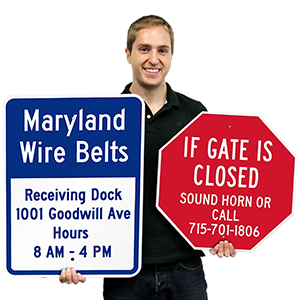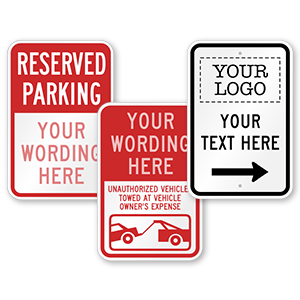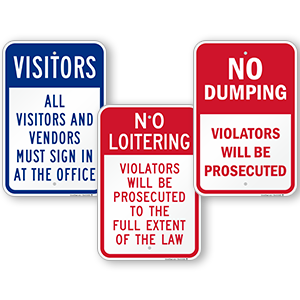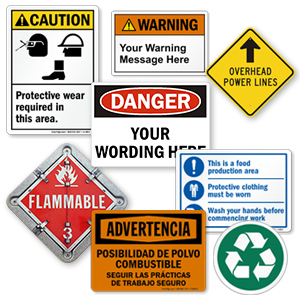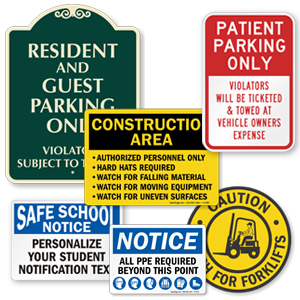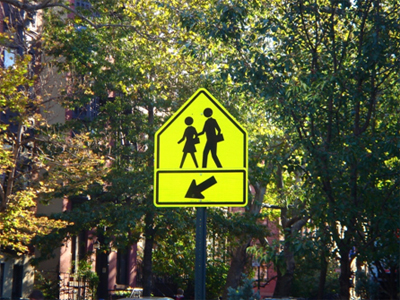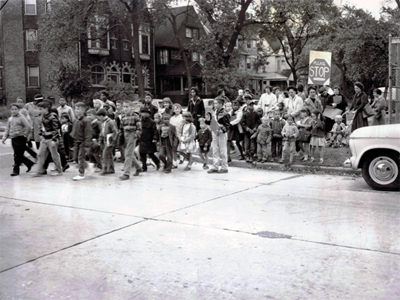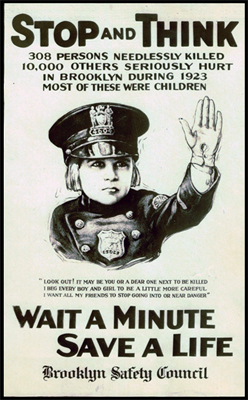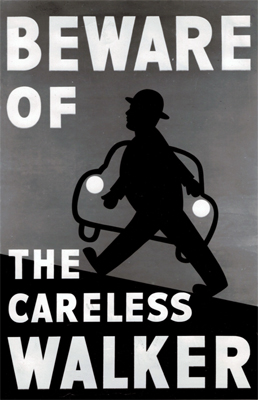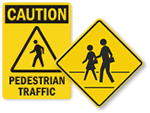History of the Pedestrian Crossing, and its Effectiveness
The first country to actively attempt pedestrian safety was England
2 . Prior to motor vehicles, foot traffic would compete mostly with horse and carriage traffic. Early regulations involved mandatory forfeiture of any animal or cart involved in a fatal accident. However, those regulations soon changed to encourage people to adopt more mobile transport, leading to an increase in pedestrian fatalities.

The use of designated foot traffic crosswalks with lighted indicators and zebra stripes began in England and is still in use today. The signals were manufactured by railway signal makers and consisted of a lever that was raised and lowered by a police officer.

In 1929, local traffic authorities
3 could designate crosswalks for pedestrians, but pedestrians were granted right of way over all vehicles so long as they adhered to traffic signals. By 1955, legislature required “walk” and “don’t walk” signals at intersections. Crosswalks near schools and in residential areas with heavy pedestrian traffic receivedadditional markings and signs. By 1978, laws were passed to ensure all vehicles must yield to pedestrians on curbs or in crosswalks, while pedestrians must yield to vehicles when not in these locations
4 . This law reflects a growing awareness of different parties on the road, and effectively prohibits “jay-walking” or crossing outside of a clearly marked pedestrian crossing. The exceptions to these rules stipulate that vehicular and foot traffic must yield to emergency vehicles with lights or sirens. In 1994, crosswalk rules were slightly amended to require drivers to grant right-of-way to pedestrians, and not just yield.

